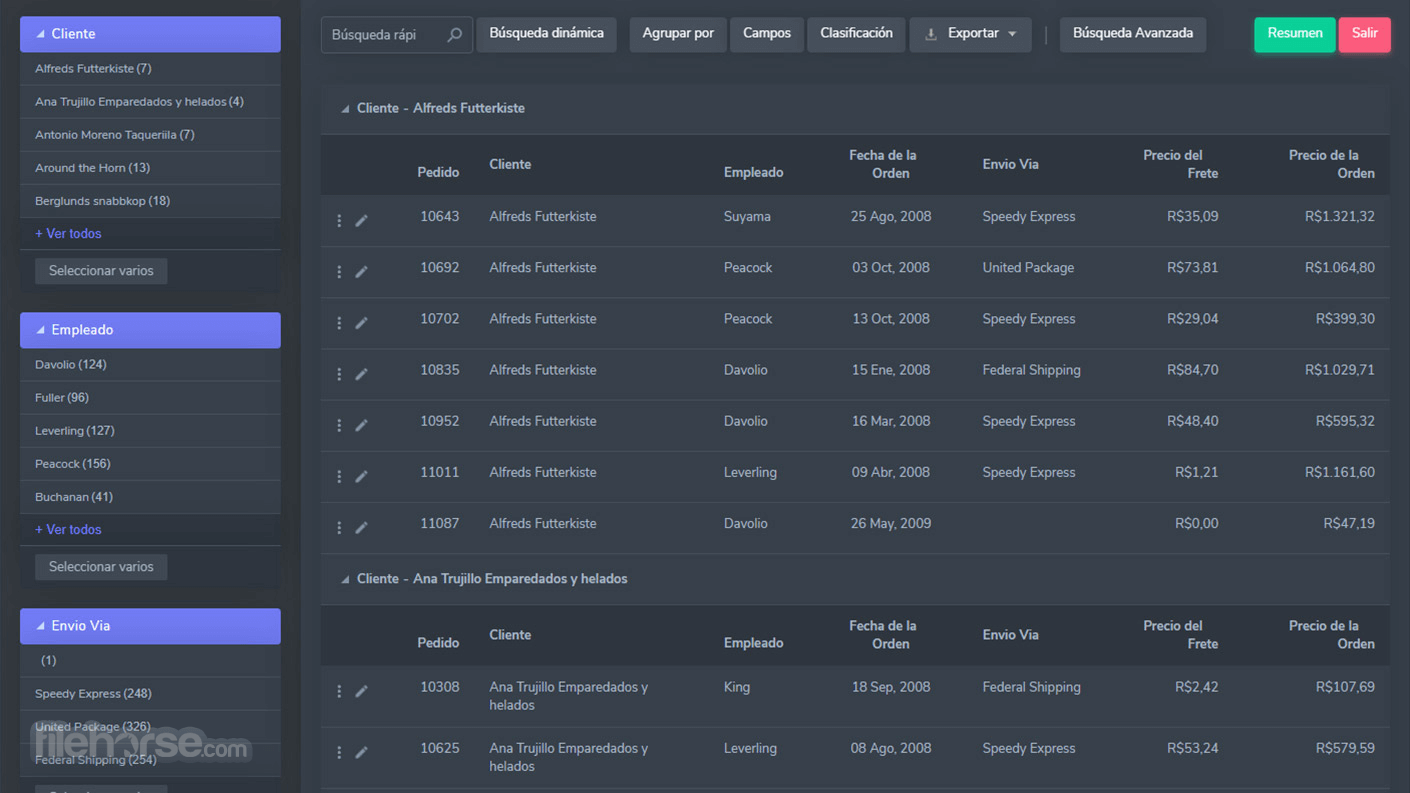

There is also an alias for the method can be used to implode the JOIN. Nstead of that makes EXPLODE, the method implode joining various parts of an array by a separator character entered in the same method. Check out the example below:įrom the character “.”, values in the array are divided, if there were more values the array size would be larger. This method works by dividing a string from the separator, this way it is much easier to work it. In PHP, when working with tabs the most common methods used are IMPLODE and EXPLODE and it is about them that we will discuss below.

Returns the last (greatest) index of an element within the array equal to an element, or -1 if none is found. Returns a new array iterator that contains the keys for each index in the array. Joins all elements of an array into a string. Returns the first (least) index of an element within the array equal to an element, or -1 if none is found. ()ĭetermines whether the array contains a value, returning true or false as appropriate. ()Ĭalls a function for each element in the array. Returns a new array formed by applying a given callback function to each element of the array, and then flattening the result by one level. Returns a new array with all sub-array elements concatenated into it recursively up to the specified depth. Returns the found index in the array, if an element in the array satisfies the testing function, or -1 if not found. Returns the found element in the array, if some element in the array satisfies the testing function, or undefined if not found. Returns a new array containing all elements of the calling array for which the provided filtering function returns true.

()įills all the elements of an array from a start index to an end index with a static value. Returns true if every element in this array satisfies the testing function. Returns a new array iterator object that contains the key/value pairs for each index in the array. ()Ĭopies a sequence of array elements within the array. Returns a new array that is this array joined with other array(s) and/or value(s). Accepts negative integers, which count back from the last item. Returns the array item at the given index. The array's object properties and list of array elements are separate, and the array's traversal and mutation operations cannot be applied to these named properties. Setting or accessing via non-integers using bracket notation (or dot notation) will not set or retrieve an element from the array list itself, but will set or access a variable associated with that array's object property collection.

In general, these are convenient characteristics but if these features are not desirable for your particular use, you might consider using typed arrays.Īrrays cannot use strings as element indexes (as in an associative array) but must use integers. Since an array's length can change at any time, and data can be stored at non-contiguous locations in the array, JavaScript arrays are not guaranteed to be dense this depends on how the programmer chooses to use them. Neither the length of a JavaScript array nor the types of its elements are fixed. Arrays are list-like objects whose prototype has methods to perform traversal and mutation operations.


 0 kommentar(er)
0 kommentar(er)
